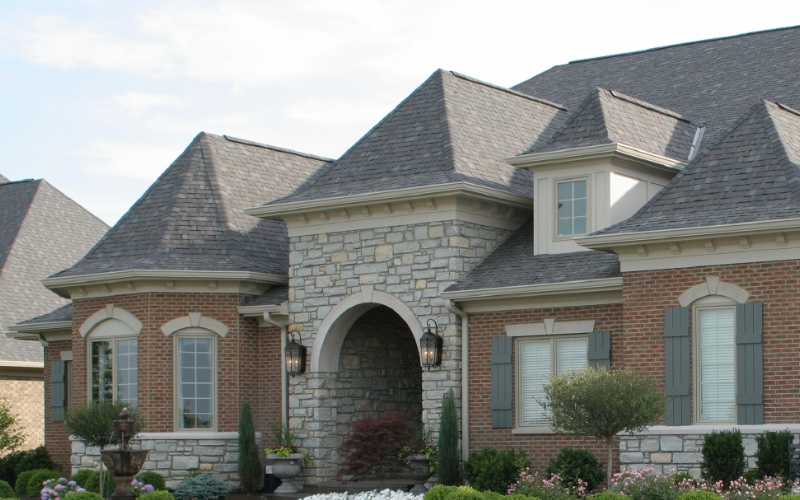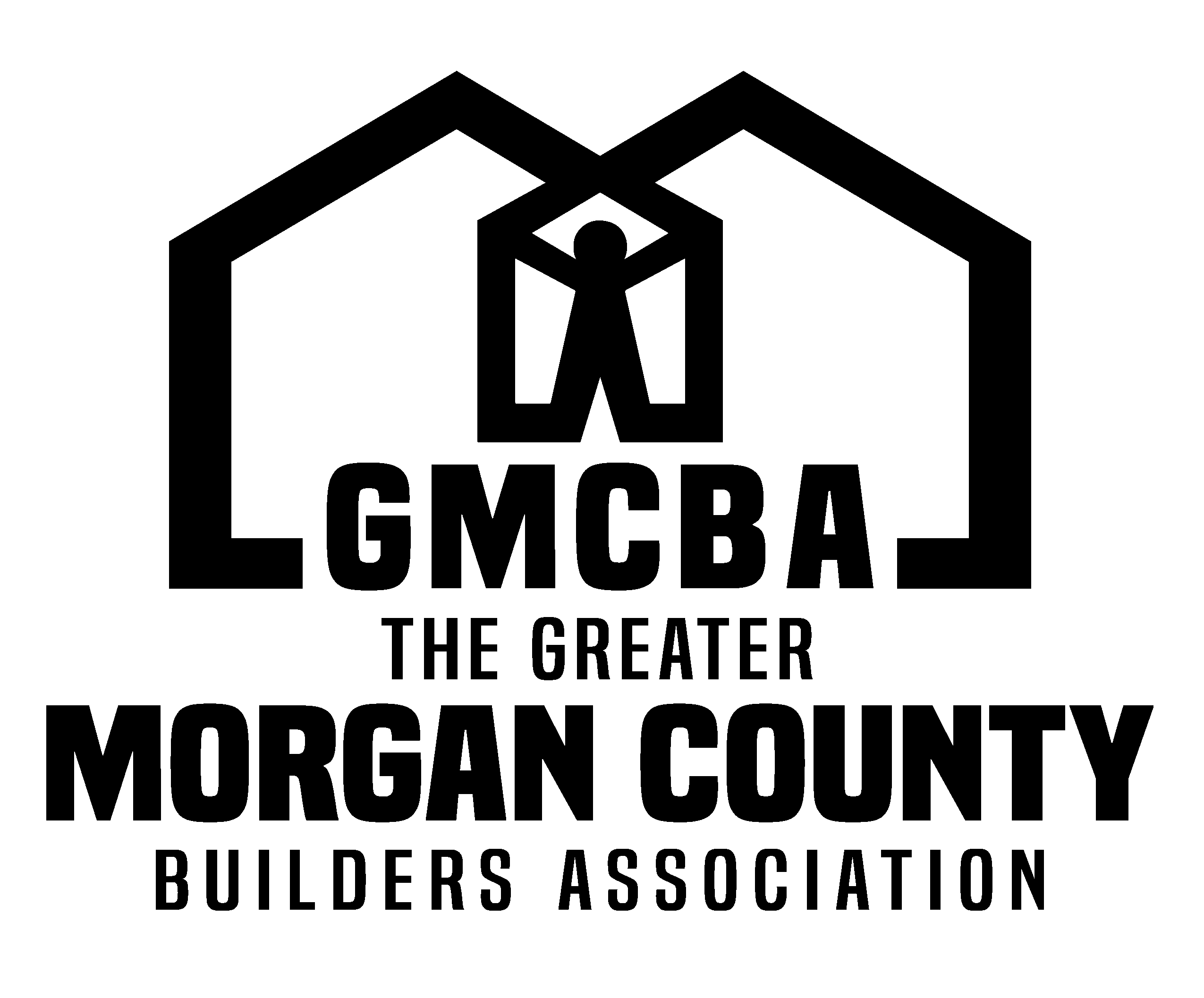GMCBA’s Essential Guide to Roofing Maintenance and Inspections

Introduction
Your roof is a crucial component of your home’s structure, providing protection from the elements and contributing to your overall comfort. Regular maintenance and inspections are essential to ensure its longevity and effectiveness. Neglecting your roof can lead to costly repairs and potential damage to your home. This GMCBA guide will cover the importance of roofing maintenance, key inspection tips, and common roofing problems to watch for.
Why Roofing Maintenance Matters
Roofing maintenance is vital for several reasons:
- Prevents Costly Repairs: Regular upkeep can help identify minor issues before they become major problems, saving you money in the long run.
- Extends Roof Lifespan: Routine maintenance can extend the life of your roof, delaying the need for a full replacement.
- Improves Energy Efficiency: A well-maintained roof helps in better insulation and can contribute to energy savings.
- Protects Property Value: A well-maintained roof enhances your home’s curb appeal and preserves its value.
Key Elements of Roof Maintenance
- Cleaning: Debris like leaves, branches, and dirt can cause blockages and damage. Clean your gutters and downspouts regularly to ensure proper drainage. Also, remove any debris from the roof surface.
- Inspecting Flashing and Seals: Flashing is the material used around chimneys, vents, and skylights. Ensure it is intact and sealed properly to prevent leaks.
- Checking Shingles or Tiles: Look for missing, cracked, or curling shingles. Replace damaged shingles or tiles promptly to prevent leaks and further damage.
- Evaluating Roof Valleys: Roof valleys are areas where two roof slopes meet. These areas are prone to water accumulation. Ensure they are clear of debris and inspect for signs of leaks.
- Examining Roof Penetrations: Check areas where pipes, vents, or other elements penetrate the roof. Ensure these areas are properly sealed to prevent water intrusion.
When to Schedule Professional Inspections
While DIY maintenance is important, professional inspections are crucial for a thorough evaluation to determine if you need minor roof repairs or a new roof. Schedule a professional roof inspection:
- Annually: A yearly inspection helps catch issues before they become significant problems.
- After Severe Weather: High winds, heavy rain, or hail can cause damage that might not be immediately visible.
- Before Buying or Selling a Home: A pre-purchase or pre-sale inspection can uncover potential roofing issues.
- After Any Notable Damage: If you notice any signs of damage, such as leaks or missing shingles, have a professional assess the situation.
Common Roofing Issues
- Leaks: Leaks can result from damaged shingles, poor flashing, or clogged gutters. They often manifest as water stains on ceilings or walls.
- Granule Loss: Asphalt shingles lose granules over time. Excessive granule loss can indicate aging shingles or damage.
- Blistering: Blisters on shingles can be a sign of poor ventilation or excessive heat.
- Moss and Algae Growth: Moss and algae can cause shingles to deteriorate faster. Remove growths carefully to avoid damaging the shingles.
- Sagging: A sagging roof can indicate structural issues or water damage. Addressing this problem promptly is crucial to prevent further damage.
Conclusion
Maintaining and inspecting your roof is essential for the health of your home and your peace of mind. Regular cleaning, timely repairs, and professional inspections from a GMCBA certified and licensed GMCBA member can prevent significant issues and extend the lifespan of your roof. By staying proactive with roof maintenance, you ensure that your home remains safe, efficient, and protected for years to come.
The Greater Morgan County Builders Association has been a trusted member of our community since 1967. We look forward to hearing from you!
